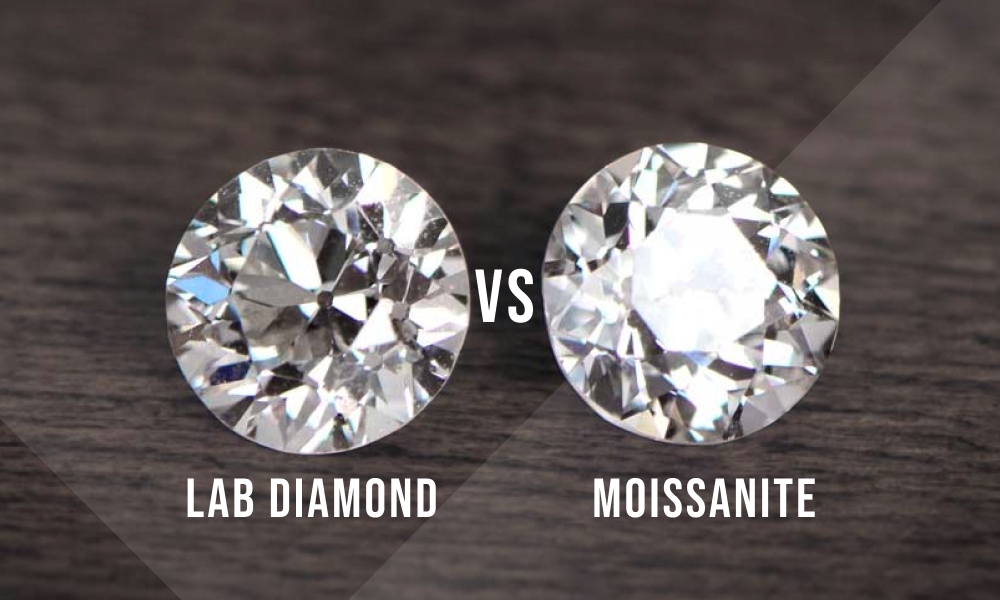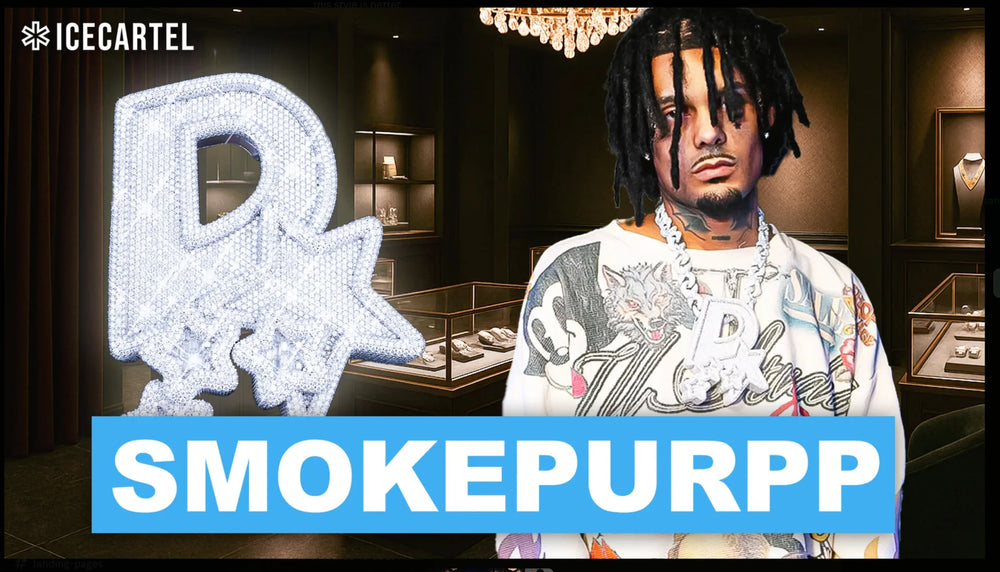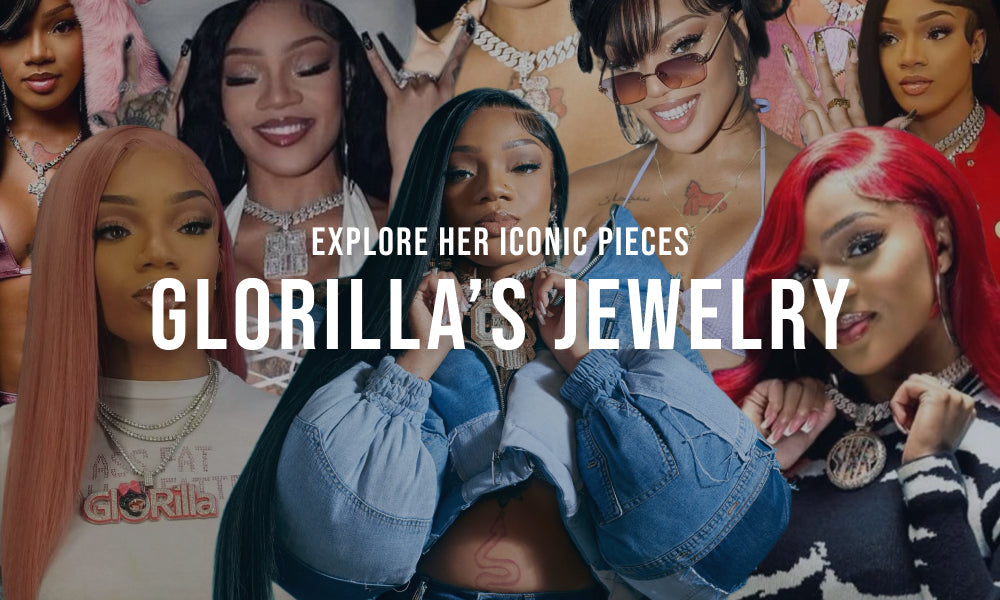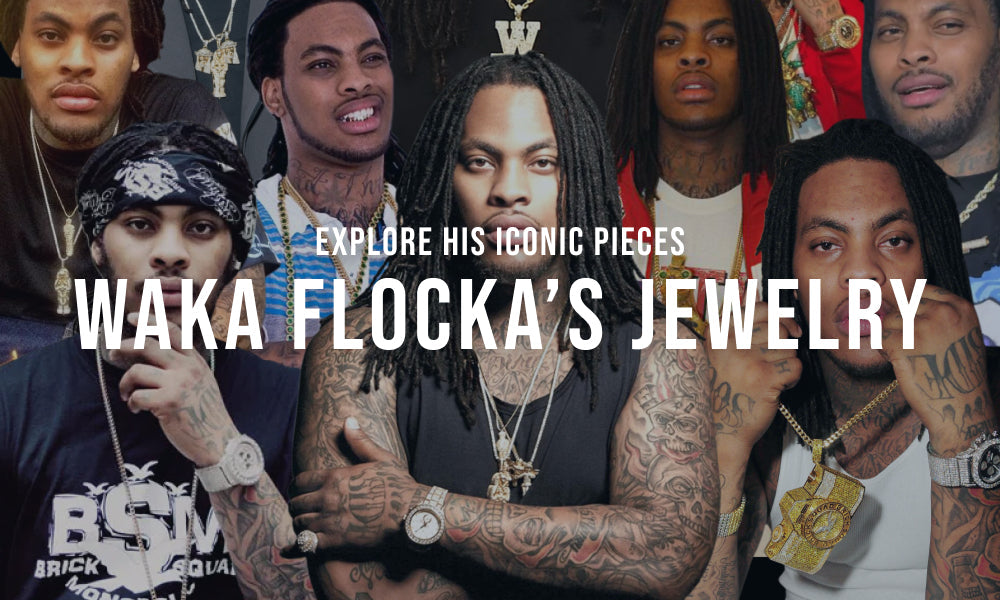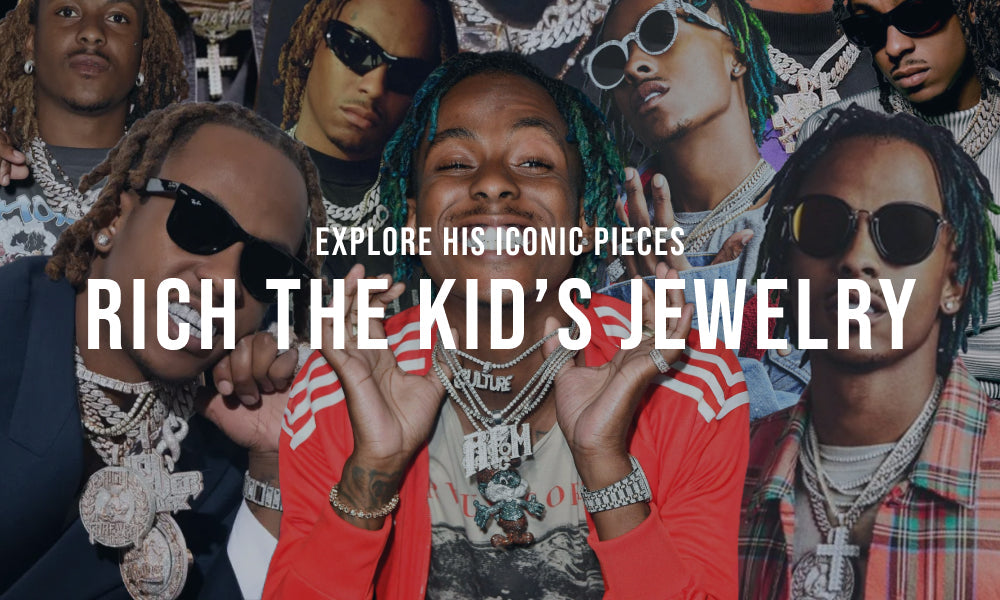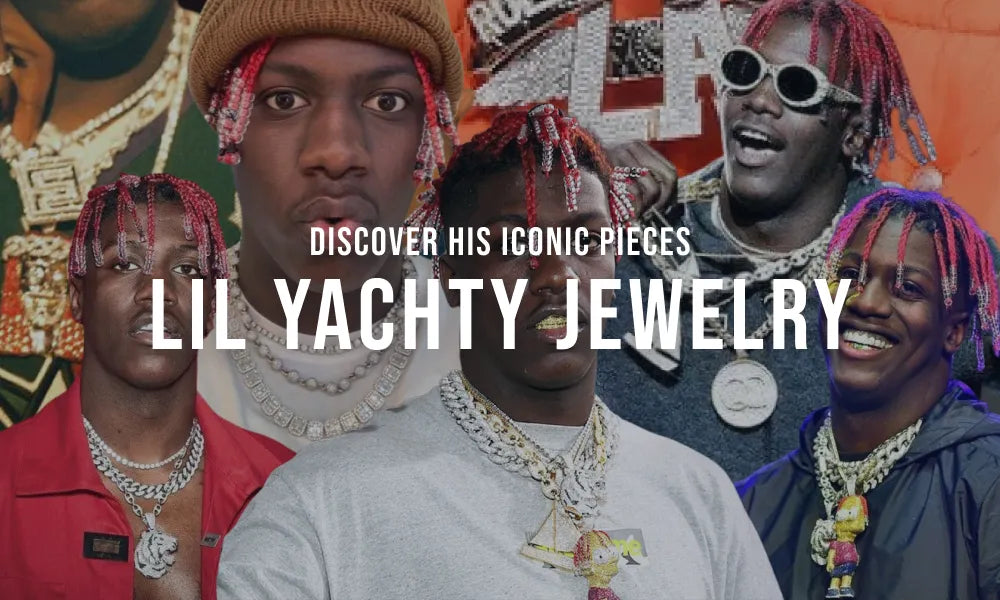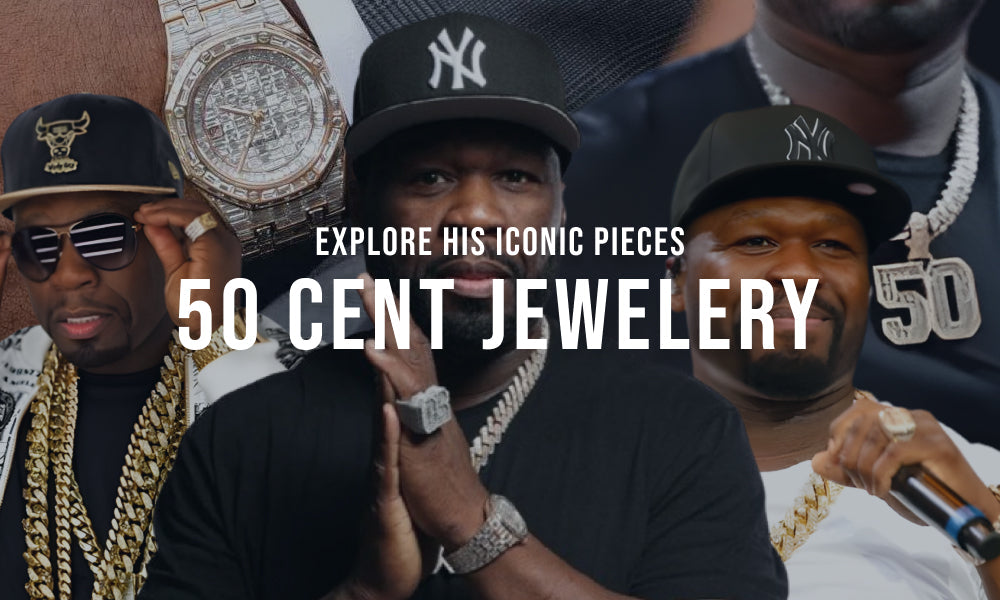Yep, diamonds are pricey, even more than gold or platinum. But why? It's not a big conspiracy by De Beers or jewelers marking them up 200%. A good quality diamond costs around $5000 per carat, a whopping $777,587 per ounce!
While they're not the most expensive stuff around (that's antimatter), they're up there in the top five. De Beers doesn't control diamond prices anymore, and the mark-up at retail stores is usually just 5-10%, not 200%. Those conspiracy theories? Mostly based on an old book from 1982, which is as outdated as harvest gold fridges and leg warmers.
In this article, we are going to unravel the mystery behind the high price of diamonds! Beyond their sparkling beauty, diamonds represent eternal promises and are synonymous with weddings. But what exactly makes them so much more expensive than other stones?
This blog dives deep into the economy of diamonds, exploring their value and the factors that contribute to their lofty price tags. From the historical significance of diamond rings in weddings to the complicated processes involved in diamond mining and processing, we'll explain the secrets behind their costliness.
The Rarity and Formation of Diamonds

Diamonds are exceptionally rare geological formations. They originate from carbon atoms subjected to intense pressure and temperature deep within the Earth's mantle, typically around 90 to 120 miles beneath the surface. This process, known as diamond formation, occurs over millions to billions of years.
Despite extensive mining efforts, only a fraction of the Earth's diamonds are suitable for use in jewelry, with estimates suggesting that less than 1% of mined diamonds meet the quality standards for gemstone use. This scarcity contributes significantly to the high value and desirability of diamonds in the market.
Here are the details:
Geological Formation of Diamonds
Diamonds are formed through a natural process deep within the Earth's mantle. Under intense pressure and high temperatures, carbon atoms arrange themselves into the crystal structure of a diamond. This process occurs around 90 to 120 miles beneath the Earth's surface, in conditions of extreme heat and pressure.
Over millions to billions of years, these conditions allow for the gradual formation of diamonds. As the Earth's crust shifts and changes, some diamonds are brought closer to the surface through volcanic eruptions, where they can eventually be mined.
Mining and extracting diamonds from the Earth pose significant challenges. Firstly, identifying areas with diamond deposits requires extensive geological surveys and exploration. Once a potential diamond-bearing site is located, the mining process itself is labor-intensive and costly. Diamond mining often involves digging deep into the Earth, requiring heavy machinery and specialized equipment.
Additionally, environmental challenges arise from the impact of mining activities on local ecosystems and communities. Furthermore, the process of extracting diamonds from ore involves complex procedures, including crushing, sorting, and processing, which require skilled labor and advanced technology. Overall, the extraction of diamonds is a challenging and expensive endeavor, contributing to the high value and scarcity of these precious gemstones.
Global Supply of Diamonds
Diamond mines are scattered across the globe, but they're not evenly distributed. The majority of diamonds are found in just a few countries, like Russia, Botswana, Canada, and South Africa. These countries have large reserves and produce most of the world's diamonds.
Other significant diamond-producing countries include Australia, Angola, and Namibia. While there are small-scale mines in various regions, the concentration of diamond mines in these countries means that they play a crucial role in global diamond production.
Over time, some diamond mines become depleted , meaning they've been mined out and no longer produce diamonds in economically viable quantities. This depletion occurs because diamonds are a finite resource, and once the accessible diamond-bearing ore is exhausted, the mine is no longer productive.
As a result, the supply of diamonds from these mines diminishes, contributing to the overall scarcity of diamonds in the market. Depletion of mines is a significant concern for diamond producers, as they must continually explore new deposits and invest in exploration efforts to replace declining reserves and ensure a sustainable supply of diamonds for the future.
Diamond Pricing Factors: The 4Cs
Not all diamonds cost the same. Even some diamonds can cost a few times more than the average global market price. Here are the key factors that determine the price of diamond:
Carat Weight
The carat weight of a diamond refers to its size, and it plays a significant role in determining its price. Generally, larger diamonds are rarer and more valuable than smaller ones. This rarity factor increases as the carat weight increases, making larger diamonds highly sought after and commanding higher prices in the market.
You'll Enjoy: How Much is a 3 Carat Diamond
Clarity
Clarity refers to the presence of flaws and blemishes within a diamond. These internal flaws can affect the diamond's appearance and brilliance. Diamonds with fewer or no flaws are considered to have higher clarity and are therefore more valuable. The presence of noticeable flaws can detract from the diamond's beauty and reduce its price.
Color
Diamonds are graded on a color scale ranging from D (colorless) to Z (light yellow or brown). Diamonds with less color, closer to being colorless, are considered more valuable because they allow more light to pass through, enhancing their brilliance and sparkle. As a result, diamonds with higher color grades command higher prices due to their rarity and superior visual appeal.
Cut
The quality of a diamond's cut refers to its proportions, symmetry, and polish. A well-cut diamond reflects light effectively, maximizing its brilliance and fire. Diamonds with excellent cut grades are more visually appealing and command higher prices due to their superior sparkle and overall appearance. Conversely, poorly cut diamonds may appear dull or lackluster, reducing their value in the market.
Market Demand and Consumer Preferences

Diamond prices also depend on consumer preferences, market demand, and branding practices followed by popular diamond jewelry brands.
Jewelry and Symbolism
Diamonds hold immense cultural and symbolic importance, particularly in engagement and wedding jewelry . They symbolize love, commitment, and eternal bonds, making them a popular choice for such special occasions. The tradition of exchanging diamond rings during engagements and weddings has been deeply ingrained in many cultures for centuries, further enhancing the significance of diamonds in jewelry.
Diamonds are also perceived as symbols of wealth and status, adding to their allure. Owning and wearing diamonds signifies status and luxury, making them highly desirable among consumers who aspire to showcase their social standing and success. This perception of diamonds as status symbols contributes to their high demand and premium prices in the market.
Also Read: Star Ring Meaning
Marketing and Branding
De Beers, a major player in the diamond industry, has played a significant role in shaping consumer perceptions and driving demand for diamonds through strategic marketing campaigns.
By controlling the supply and distribution of diamonds and investing heavily in marketing efforts, De Beers has successfully positioned diamonds as desirable luxury goods associated with romance and celebration.
De Beers' advertising campaigns, such as the iconic slogan "A Diamond is Forever," have had a profound impact on consumer perceptions of diamonds. These campaigns emphasize the everlasting nature of diamonds and their high value, creating a sense of emotional attachment and desire among consumers.
Successful branding and advertising efforts have helped establish diamonds as timeless symbols of love and commitment, further fueling demand and contributing to their high prices in the market.
Industry Practices and Pricing
Diamond Cutting and Polishing

Cutting and polishing diamonds is a labor-intensive process that requires exceptional skill and precision. Highly trained diamond cutters precisely analyze each rough stone to determine the optimal cut that will maximize its value, look, and overall beauty.
Using specialized tools and techniques, they carefully shape the diamond, taking into account factors such as the stone's natural flaws and internal characteristics. This skilled craftsmanship is essential in bringing out the full potential of each diamond, making it more attractive and valuable in the market. The more delicate the cut, the higher the price.
While traditional diamond cutting methods rely heavily on craftsmanship, modern technology has significantly transformed the industry. Advanced machinery, such as computerized cutting systems and laser technology, has revolutionized the cutting and polishing process, allowing for greater precision and efficiency. These technological advancements have streamlined production processes and improved the overall quality of finished diamonds.
However, the adoption of such technology requires substantial investment in equipment, training, and research, which adds to the overall costs of diamond production and, consequently, the final retail price.
Distribution and Retail Markup
The journey of a diamond from the mine to the retail store involves multiple stages, each with its associated costs. After extraction, rough diamonds are sorted, graded, and sold by mining companies to diamond wholesalers, who then distribute them to manufacturers for cutting and polishing.
Once the diamonds are processed, they are sold to retailers, who ultimately market and sell them to consumers. Throughout this supply chain, various expenses occur, including transportation, insurance, licensing fees, and administrative costs. These costs are factored into the final retail price of diamonds, contributing to their high prices for consumers.
In addition to the costs incurred along the supply chain, retailers apply a markup to cover their operational expenses and generate profit. Retailers must account for overhead costs such as rent, utilities, insurance, and wages for sales staff.
Furthermore, retailers seek to achieve a competitive profit margin that reflects the perceived value of diamonds and meets their financial objectives. As a result, consumers ultimately pay a premium for diamonds to compensate for these retail markups, which further contribute to the high prices of diamonds in the market.
Synthetic Diamonds and Market Impact

Synthetic diamonds, such as moissanite, are not as expensive as natural diamonds primarily due to differences in their production processes, scarcity, and perceived value.
Unlike natural diamonds, which are formed deep within the Earth's mantle over millions of years and extracted through mining, synthetic diamonds are created in controlled laboratory environments using advanced technology.
This distinction in origin significantly affects their supply and demand dynamics. Natural diamonds are inherently rare and limited in supply, found in select geological locations and requiring extensive mining efforts to extract.
In contrast, synthetic diamonds can be produced in large quantities in laboratory settings, making them more readily available and less scarce. People who don’t want to pay a premium for diamonds, can opt for synthetic diamonds like moissanite.
Lab-grown diamonds typically cost less than natural diamonds of comparable quality. This price difference is primarily due to the differences in production processes and scarcity between synthetic and natural diamonds.
As a result, the presence of synthetic diamond options in the market has impacted the pricing and accessibility of diamonds, providing consumers with more affordable alternatives.
Moreover, there is a growing trend among consumers towards ethical and sustainable purchasing practices, including concerns about the environmental and social impact of diamond mining.
Lab-grown diamonds are perceived as more ethical and environmentally friendly than their natural counterparts, as they are produced in controlled laboratory environments without the need for mining.
The increasing acceptance of lab-grown diamonds by consumers has the potential to influence the pricing and demand for natural diamonds in the market. As more consumers opt for synthetic diamonds due to ethical considerations and cost savings, there may be a shift in market trends towards greater demand for lab-grown diamonds.
This shift could impact the pricing dynamics of natural diamonds, potentially leading to adjustments in pricing strategies by diamond producers and retailers to remain competitive in the evolving market landscape.
Conclusion
The high prices of diamonds can be attributed to a multitude of factors, ranging from their natural rarity and labor-intensive extraction process to their cultural significance and the influence of market dynamics.
Natural diamonds, formed over millions of years deep within the Earth's mantle, are inherently scarce and prized for their unique beauty and symbolism. The intricate craftsmanship involved in diamond cutting and polishing, coupled with the complex supply chain and retail markup, further contributes to their elevated prices.
Additionally, the influence of marketing and branding efforts, historical traditions, and consumer preferences also play a significant role in shaping diamond prices.
Moreover, the emergence of lab-grown diamonds as a more affordable and ethical alternative is reshaping the diamond market, prompting discussions about sustainability and pricing strategies.
Overall, understanding the various factors driving diamond prices allows consumers to make informed choices and appreciate the value of these timeless gemstones in the ever-evolving market landscape.























